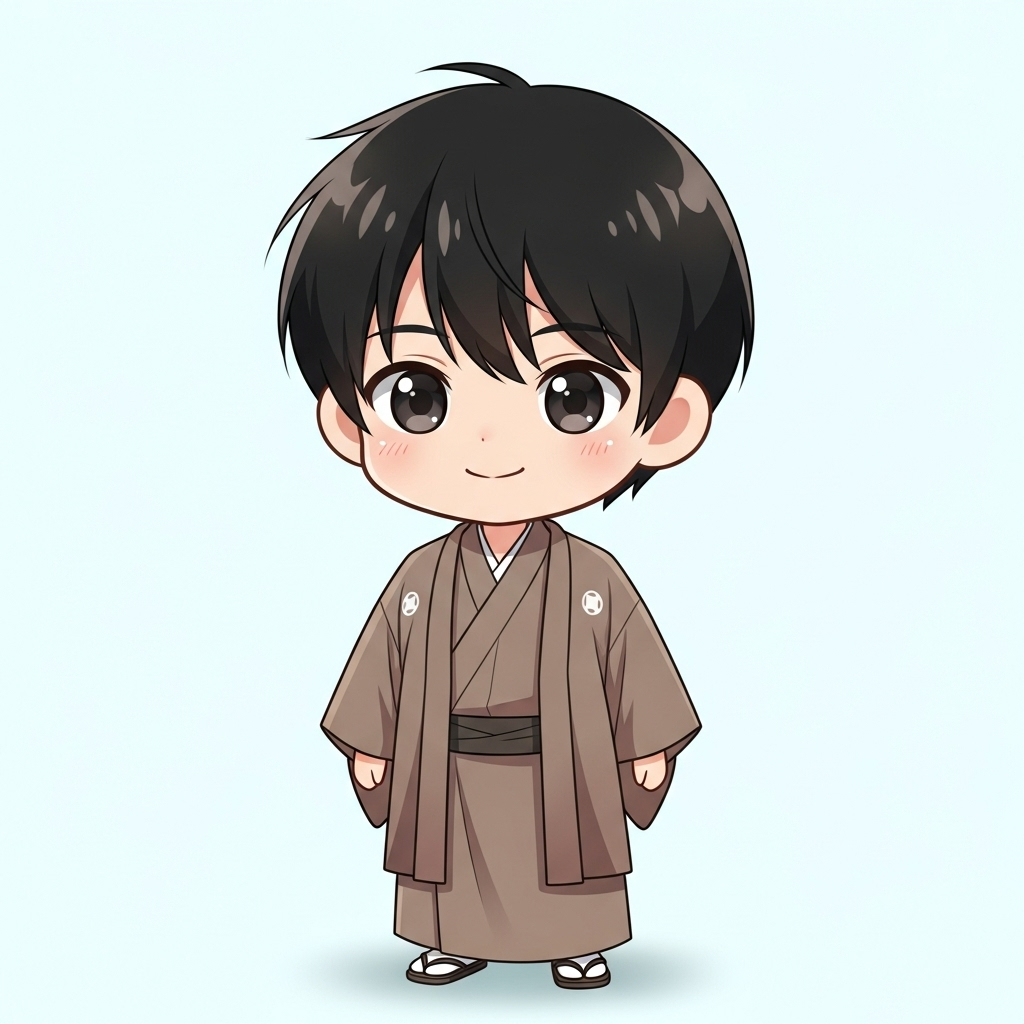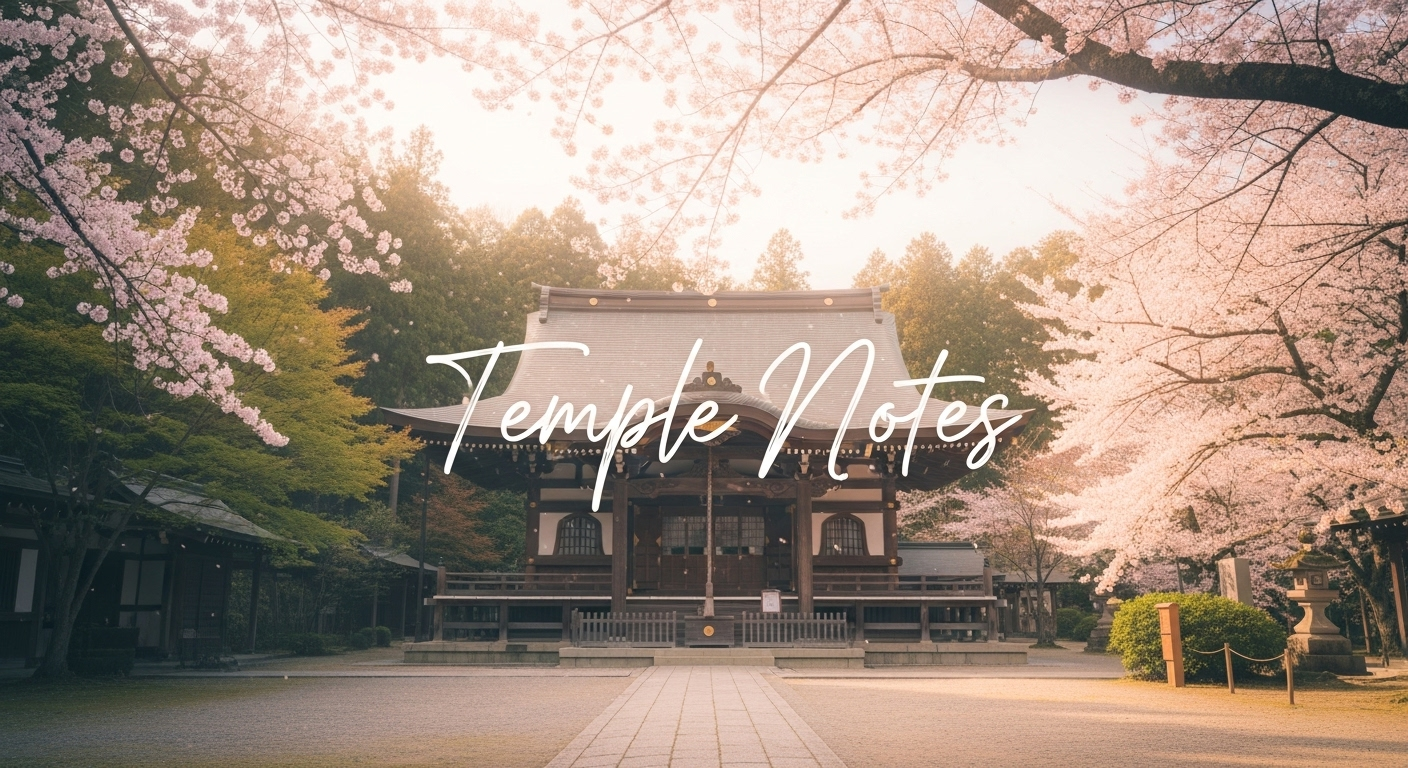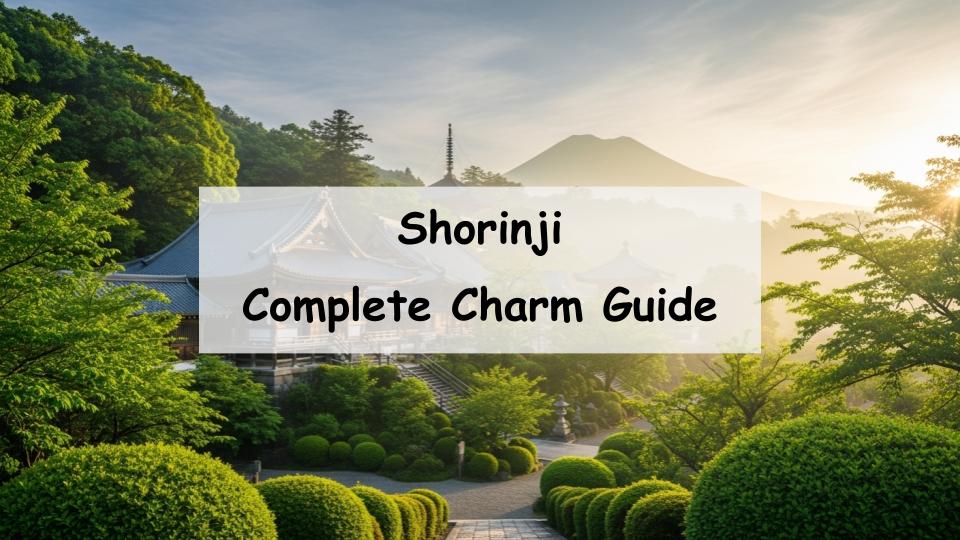When you search for “Shorinji Temple” in Nara, you may wonder what kind of temple it is, what highlights it offers, and whether it’s worth visiting. To put it simply, Shorinji Temple is one of Nara’s most remarkable temples, known for housing the National Treasure Eleven-Headed Kannon statue and for its breathtaking views. In this article, we will cover the temple’s history and features, must-see highlights, access information, and practical tips for your visit. By the end, you’ll likely feel inspired to add Shorinji Temple to your next Nara travel itinerary.
What is Shorinji Temple? Basic Information and History
Shorinji Temple is located in Sakurai City, Nara Prefecture, on a small hill near the ancient Yamanobe Road. Surrounded by rural landscapes, the temple offers a peaceful atmosphere and is a popular destination for those exploring Nara’s historic temples.
Founding and Origins of Shorinji Temple
The temple has a long history closely tied to local faith. The Eleven-Headed Kannon statue, now the temple’s most treasured image, was originally enshrined at Omiwa-dera, a temple connected with Mount Miwa worship. During the government-led separation of Shinto and Buddhism in the late 19th century, the statue was transferred to Shorinji Temple in 1868 to preserve it.
The Appeal of the Eleven-Headed Kannon (National Treasure)
Shorinji Temple is best known for its Eleven-Headed Kannon, designated a National Treasure of Japan. This masterpiece of Tenpyo-era sculpture is admired for its elegant proportions and serene expression. Standing before it, visitors can truly appreciate the fine details and the spiritual presence that photographs cannot capture.
Shorinji Temple and Nara’s Buddhist Culture
The temple has been deeply connected with the faith traditions of the area, especially Mount Miwa worship. Its statues and rituals preserve a vital part of Nara’s Buddhist heritage, making it an important site for understanding the region’s religious culture.
Highlights of Shorinji Temple
The Eleven-Headed Kannon Statue
The statue itself is the centerpiece of the temple visit. With its elongated figure and tranquil expression, it showcases the sophistication of Tenpyo Buddhist art. Viewing it up close allows visitors to feel its profound artistic and spiritual impact.
Scenic Views from Shorinji Temple
From the main hall and temple grounds, visitors can enjoy sweeping views of Mount Miwa and the surrounding countryside. These vistas, combined with the quiet temple atmosphere, create a memorable experience.
Main Hall and Temple Grounds
Besides the Kannon statue, the temple grounds include the main hall, Kannon Hall, and a modern storage hall where cultural properties are carefully preserved and displayed. Observing the temple’s layout and structures helps visitors appreciate its long history.
Access and Views from the Yamanobe Road
Approaching Shorinji Temple via the Yamanobe Road allows you to enjoy a pleasant walk through rural scenery before reaching the temple. The approach itself is part of the charm, especially when combined with seasonal changes.
Seasonal Beauty: Cherry Blossoms and Autumn Leaves
Shorinji Temple is especially beautiful in spring when cherry blossoms bloom, and in autumn when the foliage turns vibrant red and gold. Each season offers a different atmosphere, encouraging repeat visits.
Features and Charms of Shorinji Temple
A Special “Temple of Kannon” in Nara
Although modest in scale, Shorinji Temple is remarkable for housing the Eleven-Headed Kannon statue. This makes it a unique destination among Nara’s many temples, especially for those who appreciate Buddhist art.
Balancing Cultural Preservation and Faith
The temple manages to preserve its cultural assets while maintaining its role as a site of worship and local faith. Visitors can sense this balance of history, artistry, and living spirituality.
Distinctive Atmosphere Compared to Other Temples
Unlike large and heavily touristic temples, Shorinji retains a quiet, intimate ambiance. It is particularly suited for those seeking a serene and contemplative visit.
How to Get to Shorinji Temple
By Train and Bus
The nearest station is Sakurai Station (JR or Kintetsu). From there, take a Nara Kotsu bus bound for Tanzan Jinja and get off at “Shorinji-mae.” The temple is just a short walk from the bus stop, making access fairly straightforward.
By Car and Parking
Visitors traveling by car can use the paid parking facilities near the temple. Note that some navigation systems may direct drivers through older, narrower roads, so it’s recommended to follow the official directions provided by the temple.
Recommended Nearby Attractions
Shorinji is close to Mount Miwa, the Yamanobe Road, and Tanzan Shrine, making it easy to combine several historic sites in a single trip. Exploring the surrounding area enhances the cultural and scenic value of your visit.
Visitor Information for Shorinji Temple
Hours and Admission Fees
The temple is generally open from 9:00 AM to 4:30 PM. Admission is around 600 yen for adults (junior high school students and above). Fees may vary during special exhibitions, so it’s best to check in advance.
Photography Rules and Etiquette
Photography of sacred statues and exhibitions is often restricted. Visitors should respect the posted signs and instructions from staff, and maintain a quiet and respectful demeanor.
Food and Rest Options Nearby
The area around Sakurai Station offers restaurants and cafés where visitors can enjoy local dishes. After exploring the temple, it’s pleasant to relax with a meal while taking in the surrounding rural scenery.
Things to Know Before Visiting Shorinji Temple
Suggested Duration of Visit
A temple visit typically takes 30 minutes to an hour. If you plan to explore nearby historical sites, allow for more time.
Best Times to Visit and Crowds
The temple is less crowded on weekdays and in the early morning. Visiting during these times provides a quieter, more contemplative experience.
Tips for First-Time Visitors
Wear comfortable shoes suitable for walking, follow temple etiquette such as keeping quiet in the halls, and pay attention to posted rules. Shorinji’s small scale allows visitors to savor both the art and scenery in depth, so planning your visit ahead ensures a fulfilling experience.
A Message from the Guide

The National Treasure Eleven-Headed Kannon is undoubtedly captivating in its beauty, but the principal image, the Jizo Bodhisattva, is equally impressive in its impact.






Comment